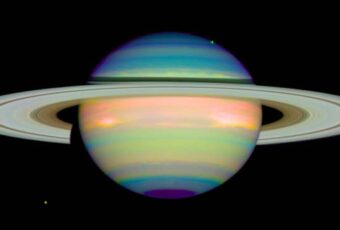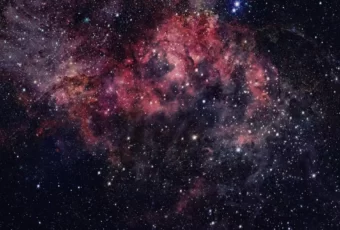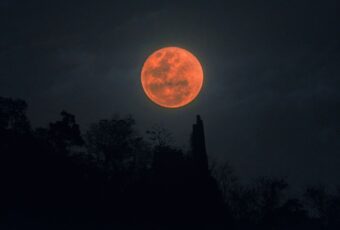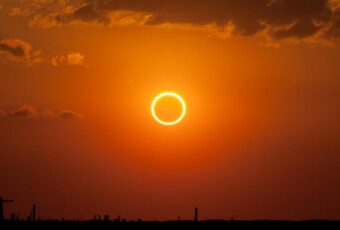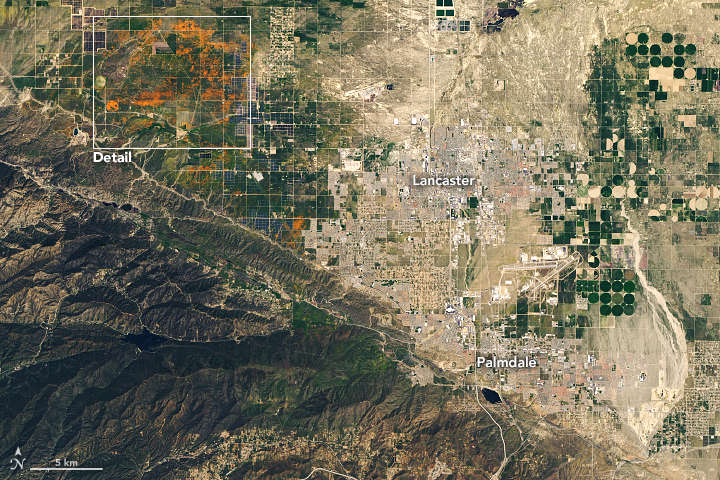
NASA Earth Observatory Images With Landsat Data
NASA’s official statement said: “The flowers bloomed after Southern California received significant rainfall in March and April 2020. This spring, Lancaster received around 10.5 inches (27 centimeters) of rain—almost 4 inches (10 centimeters) above normal. The extra rain may cause the poppies to stick around longer than usual and result in an above-average wildflower year. Park officials called this bloom an “unexpected” surprise due to the late-season rains.”
The Antelope Valley California Poppy Reserve spans across 1800 acres in a remote northeastern area of LA county, which according to experts, provides a perfect microclimate for the blooming poppies. The poppy is California’s state flower, and a superbloom is caused by a perfect cocktail of environmental conditions that provide an ideal platform for the flowers to grow.
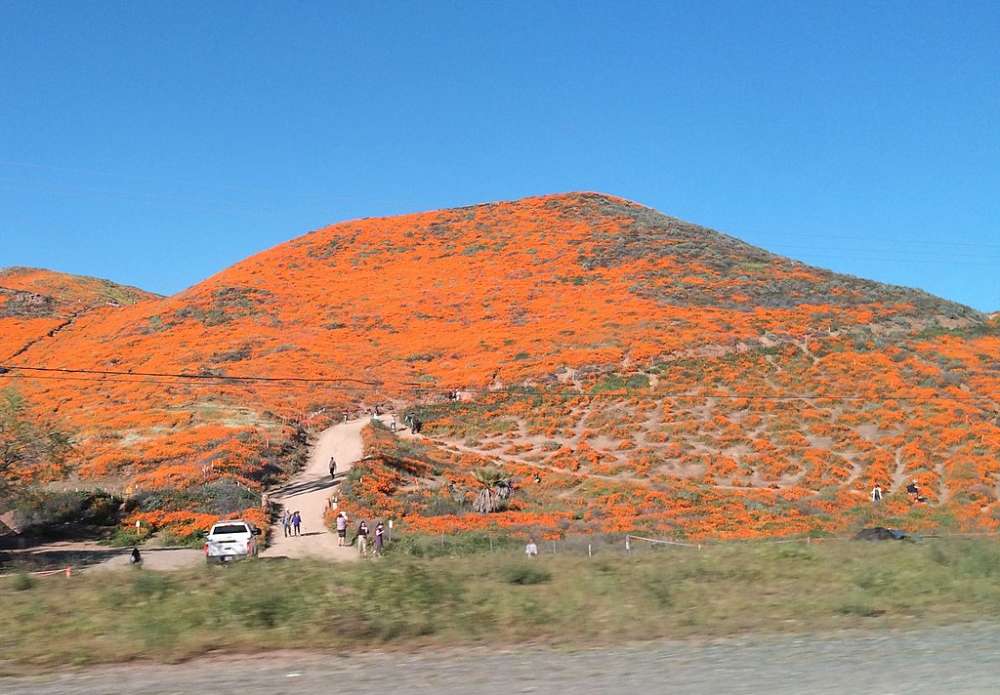
The California Superbloom
State park interpreter Jean Rhyne explained: “The bloom time changes every year. Generally, it happens early in April, but it can take place any time between mid-March and early May.”
Over the past few years, there has been an ongoing drought, so the precipitation has been long anticipated and also set the groundwork for the superbloom to take place. It began in the southern regions of the state and slowly moved its way upwards.
The images released by NASA show a landscape dominated by the orange poppies but also feature purple forget-me-nots, as well as other flowers like cream cups, purple bush pines, and also yellow goldfields.
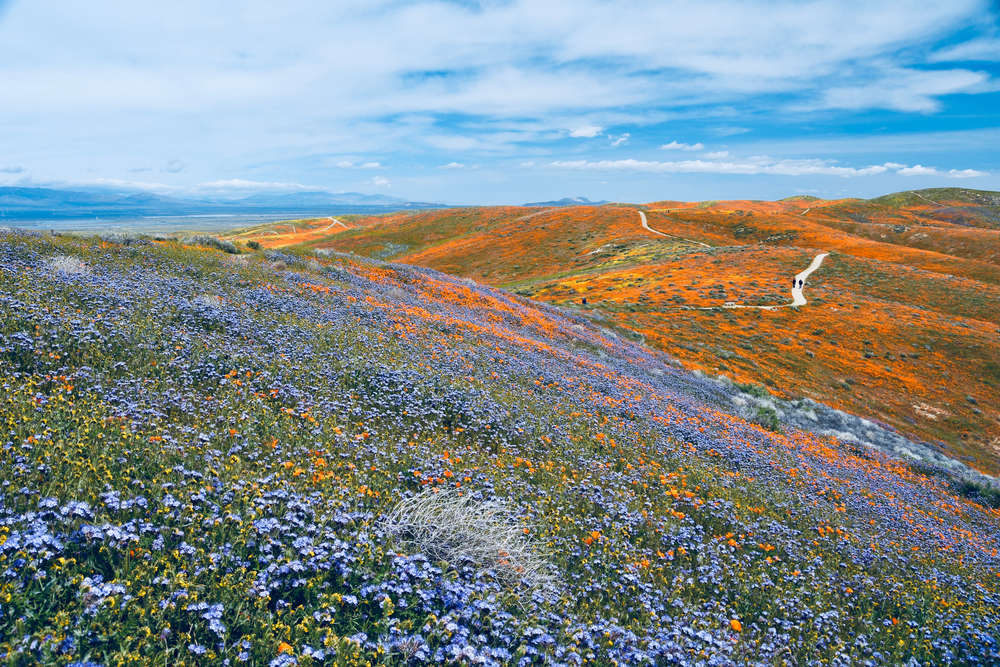
Landscape With Poppies, Forget Me Nots, And More
NASA’s statement explained: “Depending on the day or even hour, the orange patches may change in appearance. The poppies open their petals during sunny periods, appearing like a large blanket over the landscape. The flowers tend to close during windy, cold periods.”
More images of the superbloom can be seen on the California Department of Parks and Recreation’s website, which features a virtual tour of the poppy reserve through a live camera.




